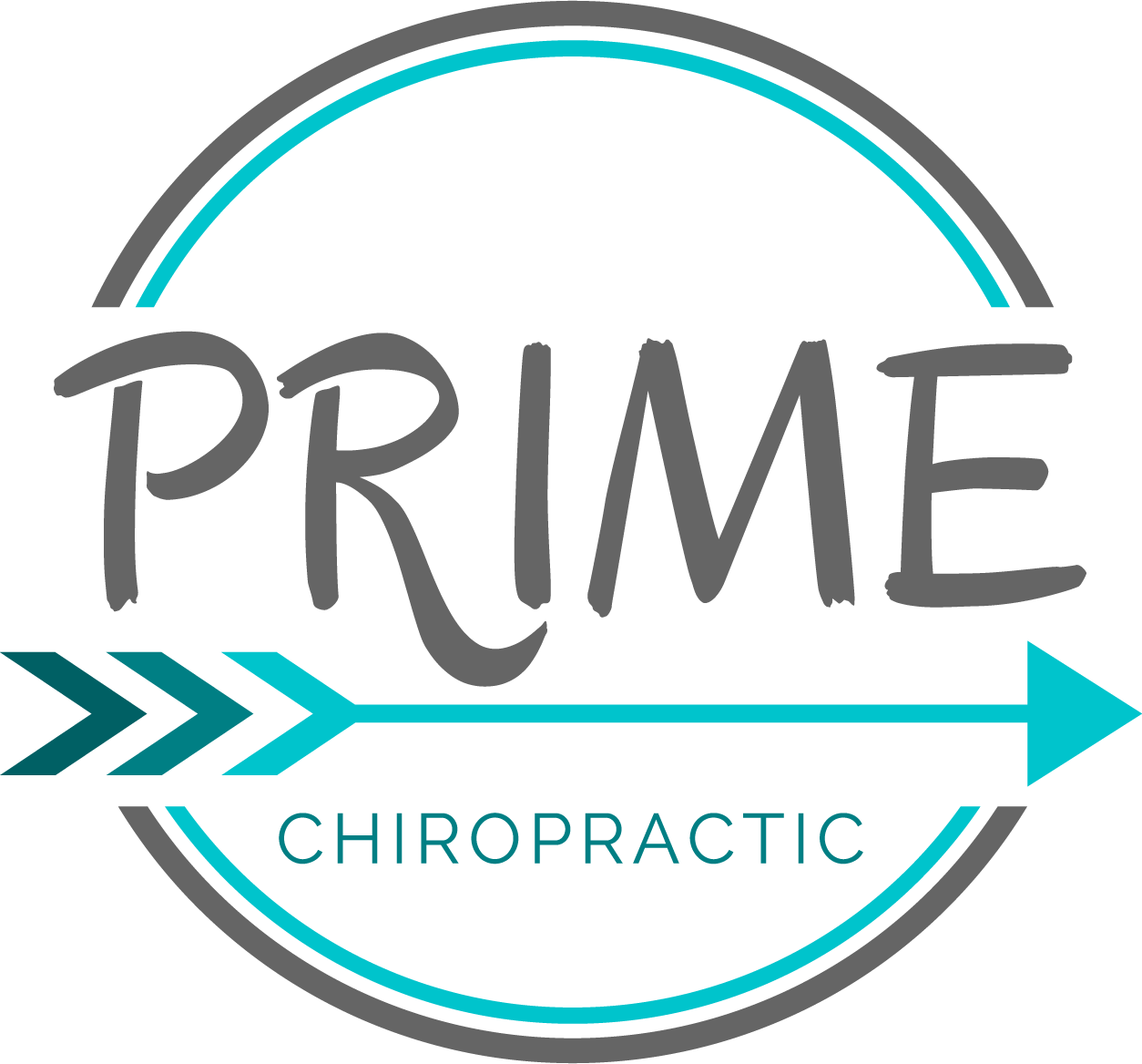What is torticollis?
Torticollis, sometimes known as wry neck, is a condition where a child’s head is tilted to one side while the chin is tilted in the opposite direction, producing a “twisted” appearance. There are two types of torticollis; congenital (meaning present from birth) and acquired (developed during childhood).
Why does torticollis happen?
Congenital torticollis is most often caused by spinal misalignment (subluxation) in the upper neck, often because of baby’s position in utero or due to birth trauma. As a result, there is contraction of a muscle called the Sternocleidomastoid (SCM), which connects from the skull to the sternum and clavicle. This muscle becomes contracted (shortened) secondary to spinal misalignment in the upper cervical spine and results in the head tilt appearance of torticollis.
Less commonly, congenital torticollis is caused by more serious underlying conditions. One such cause is called Klippel-Feil syndrome., which involves congenital fusion of cervical spine (neck) vertebrae.
Acquired torticollis can happen at any time during a child’s life and may be cause by many factors, including sports, sleep, playtime, falls, accidents, poor posture or general daily activities.
Both congenital and acquired torticollis involve the development of cranial and spinal segmental dysfunctions, known as subluxations and the postural changes seen in torticollis.
Persistent patterns of subluxation which may predispose your child to other behavioral and developmental health challenges.
Limited range of motion which can affect activities of daily living.
Potential compromised function of ears, eye, and jaw.
Elevated risk of cognitive and motor delays associated with deformation plagiocephaly.
What are the symptoms of torticollis?
You may notice your infant holding their head to one side, often associated with limited neck movement
A small bump of the side of the neck may also be visible or felt.
Preference for breastfeeding on one side.
Uneven hair loss pattern on back of skull.
Frequent crying or signs of discomfort are also commonly reported among children with torticollis.
Older children may verbalize neck pain, stiffness and headaches.
How does Chiropractic help with torticollis?
Your chiropractor will first assess your child using a detailed health history and examination to determine the cause of your child’s torticollis and to asses for any complicating factors.
If chiropractic care is indicated in your child’s case, your chiropractor may utilize a variety of techniques to help resolve the issue, including: gentle chiropractic adjustments and/or spinal mobilizations, specific stretching, trigger point therapy, pillow positioning advice, modified ergonomics and specific exercises.
Chiropractors are trained to identify and remove your child’s spinal subluxations; a safe, gentle and effective strategy to help correct the effects of torticollis in many cases.
Many case reports have shown great success with chiropractic care in the management of torticollis, potentially avoiding more invasive surgical procedures for infants and children with this condition.
Research and information thanks to Wellness Media Resources! If you’re ready to get you or your kids’ health back on track, schedule your new patient appointment today!






